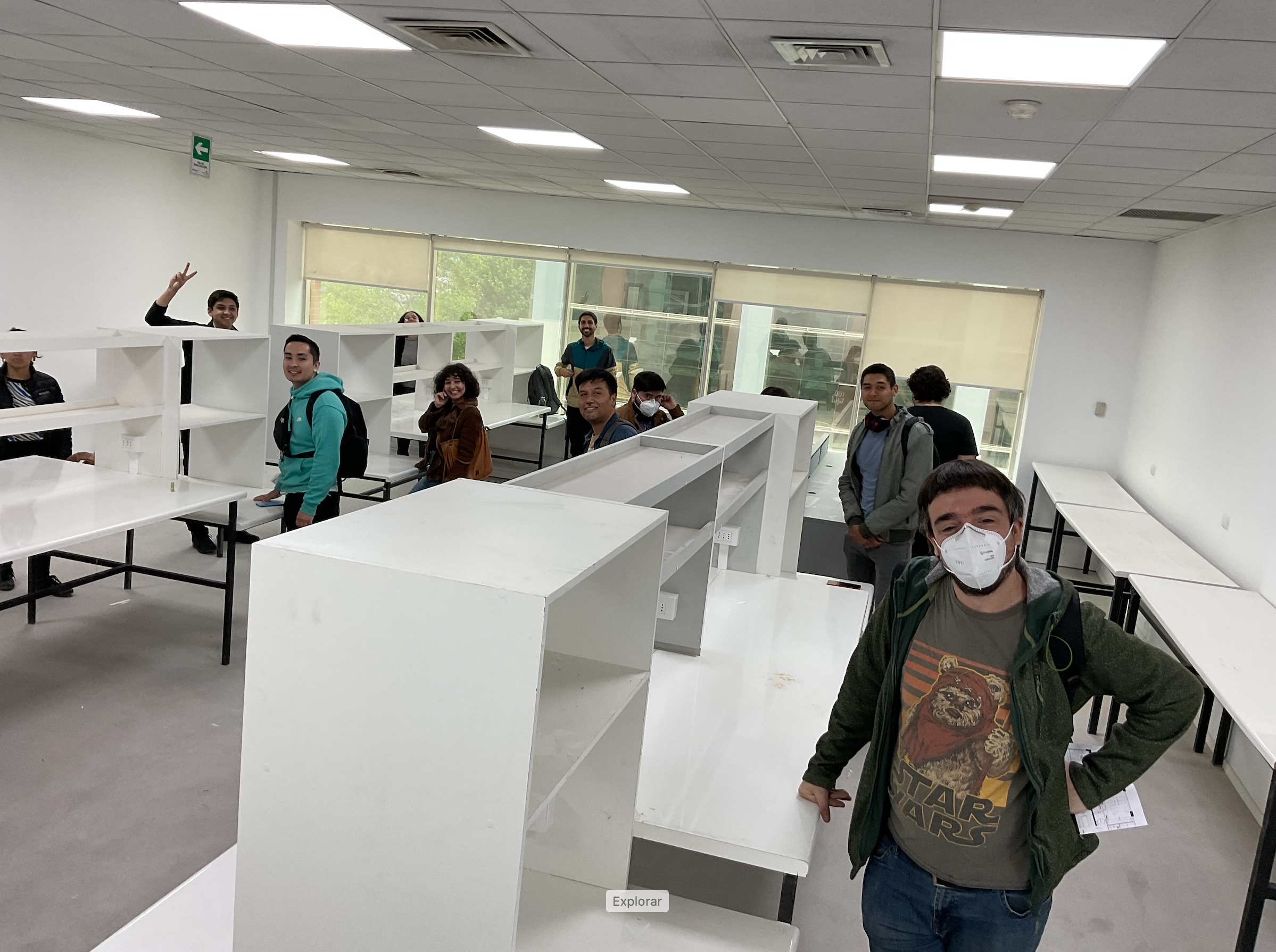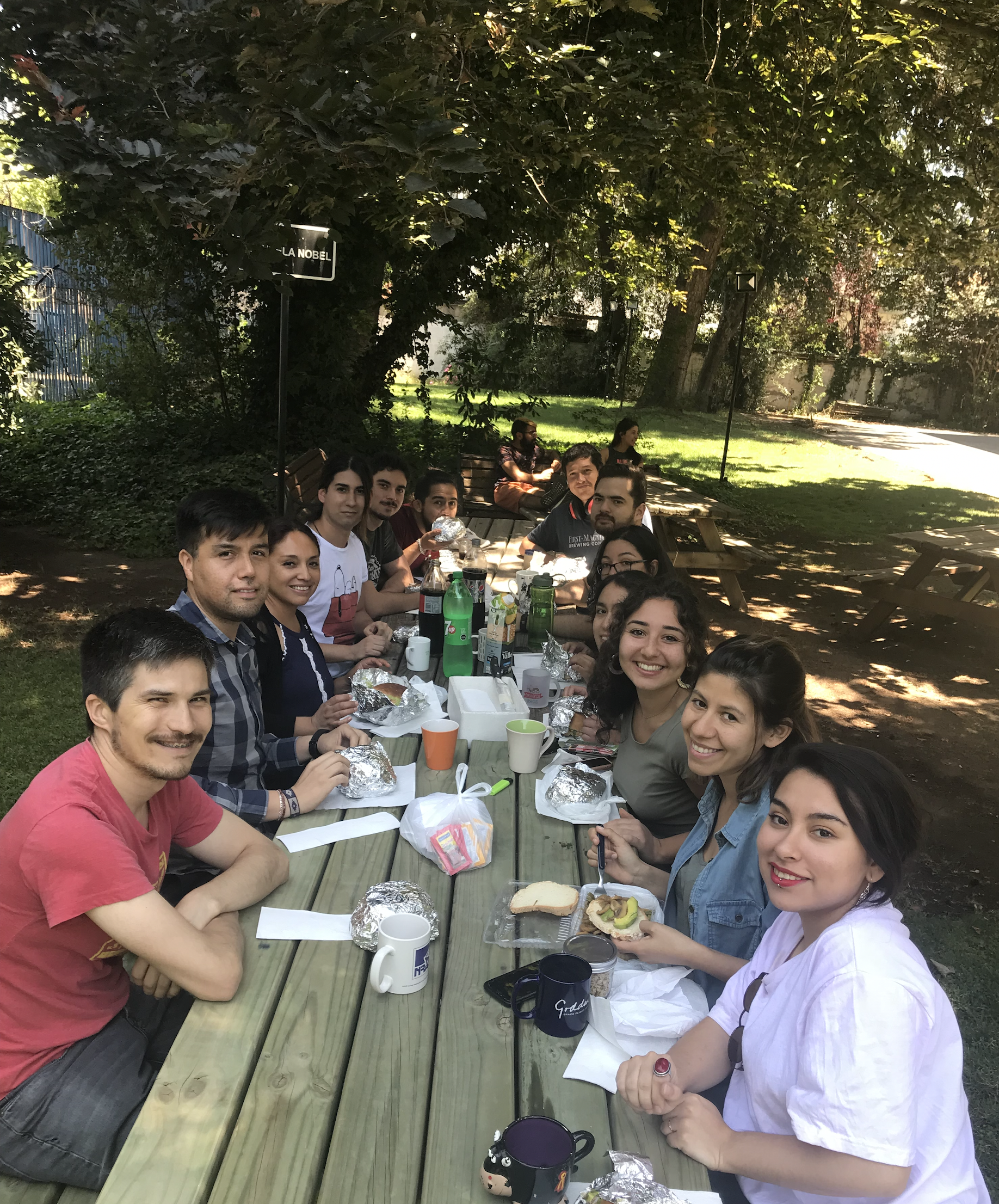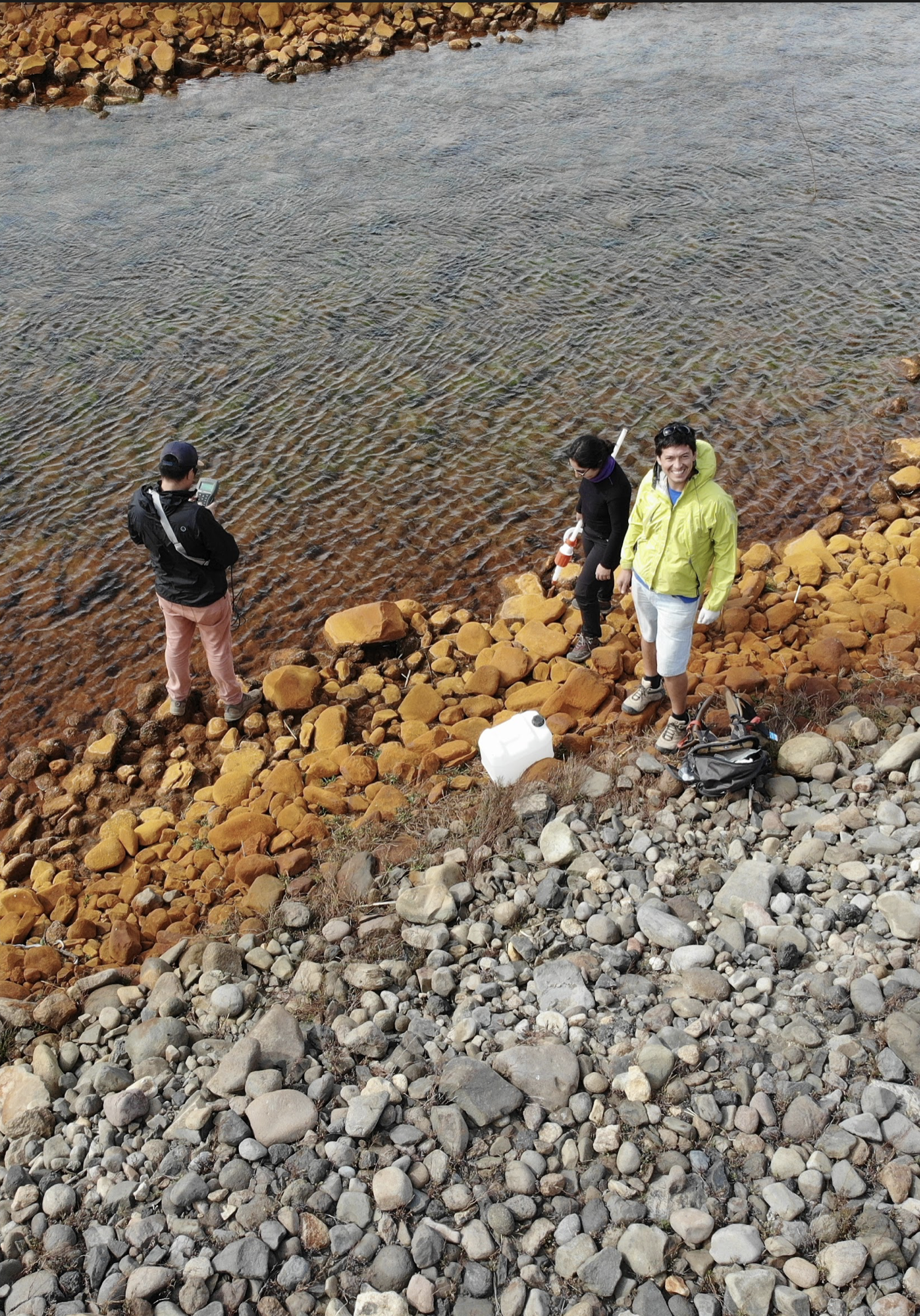RQuatrini LAB
We use cutting edge technologies and a powerful combination of computational and functional genomics, as well as basic microbiology and molecular biology tools, to advance the understanding of the dynamics and interactions between different players present in extreme acidic econiches. Through our research we aim to....
Strains
We isolate, culture, characterise and store strains of value to our research and to biotechnological and environmental applications.
Populations
We tackle research questions at the population level to understand aspects of niche adaptation, linage differentiation and speciation.
Communities
We address aspects of the ecology and evolution of acidic microbiomes to better understand how communities are shaped and sustained in extreme econiches.
Genomics
We sequence, annotate and curate the genomes of acidophiles of different taxa and use the genomes as blueprints to understand acidophiles biology.
PanGenomics
We look into species-specific populations through the lenses of genomics, for which we sequence and analyse multiple strains per species.
MetaGenomics
To study communities, microbe-microbe and micro-environment interactions we use both targeted and environmental genomic approaches.
Services
Our model systems
Natural acidic environments
We study acidophiles from natural acidic environments around the world including volcanic areas and geothermal areas in the Andes mountain range with presence of reduced sulfur compounds that generate extremely low pH ecosystems.
Industrial bioleaching operations
We study acidophiles from anthropogenic acidic environments in industrial settings linked to the mining industry.
Other
Click edit button to change this text. Lorem ipsum dolor sit amet, consectetur adipiscing elit.
Extremely acidic environments have global distribution and can
have natural or, increasingly, anthropogenic origins. This is were we find and study our model microorganisms.
Projects
Gallery

The Centre and the Lab. moved to Universidad San Sebastián Huechuraba Campus (2022).





